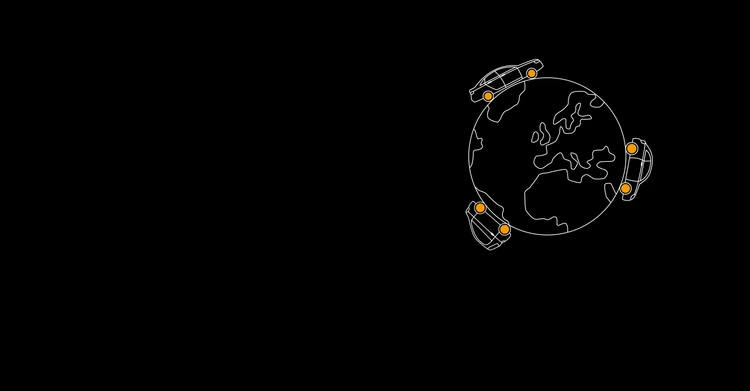For more than a century, WKW has been supplying the international automotive sector and other industries with aluminum materials and aluminum processing solutions. With the revision of the automotive standard in fall 2016, the WKW.group was faced with the challenge of implementing the new IATF 16949, as were thousands of other suppliers in the automotive industry. Although IATF 16949 was based around the ISO 9001:2015 standard, the demands on many of the certificates and proofs became more stringent. The provisions on KPI systems were reinforced, which came with more intensive treatment of efficiency and effectiveness. The depth of detail, which IATF believes should create more clarity for suppliers in terms of its implementation, often causes problems in practice when it is transferred to the individual process owner.







Comments
No comments